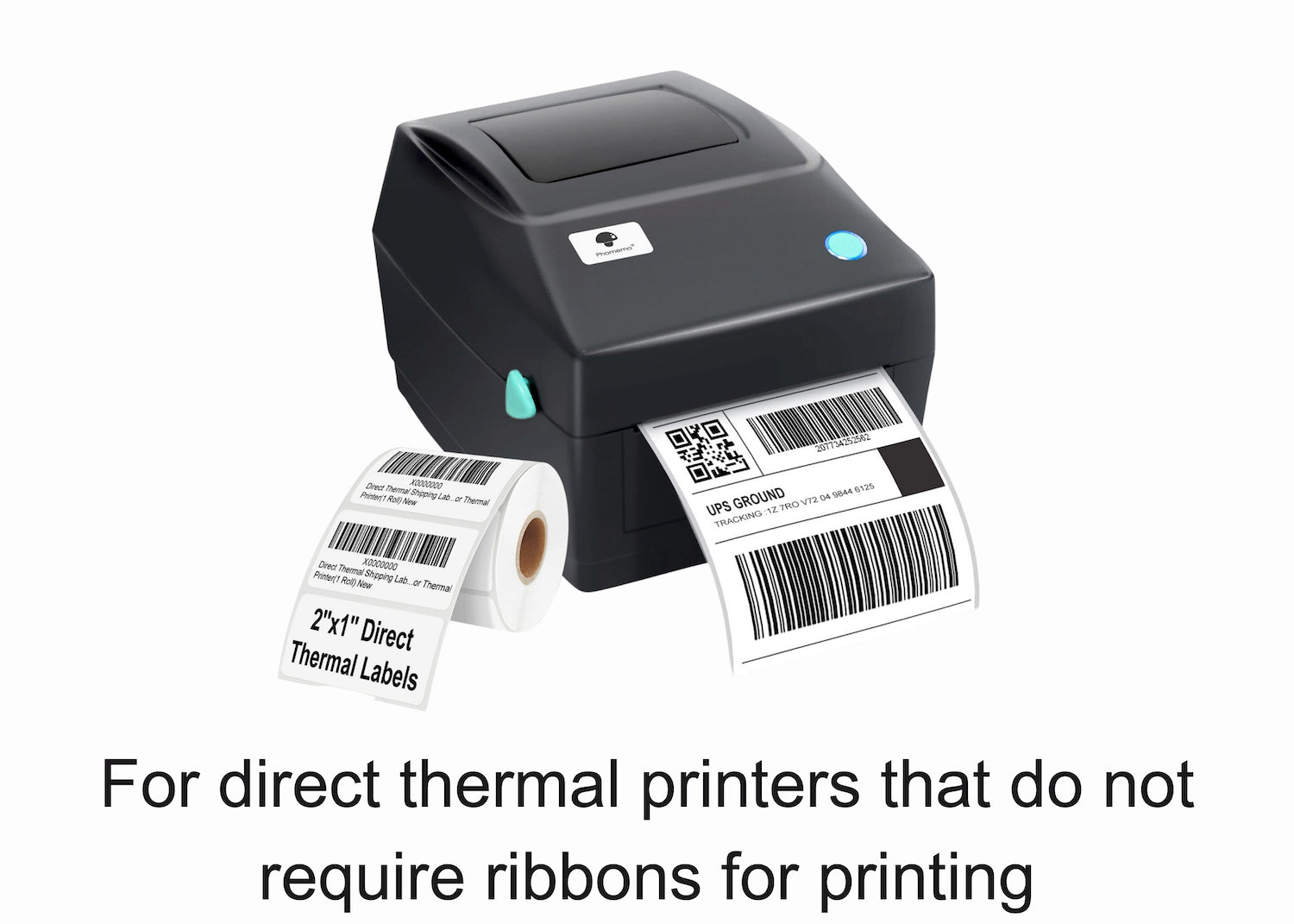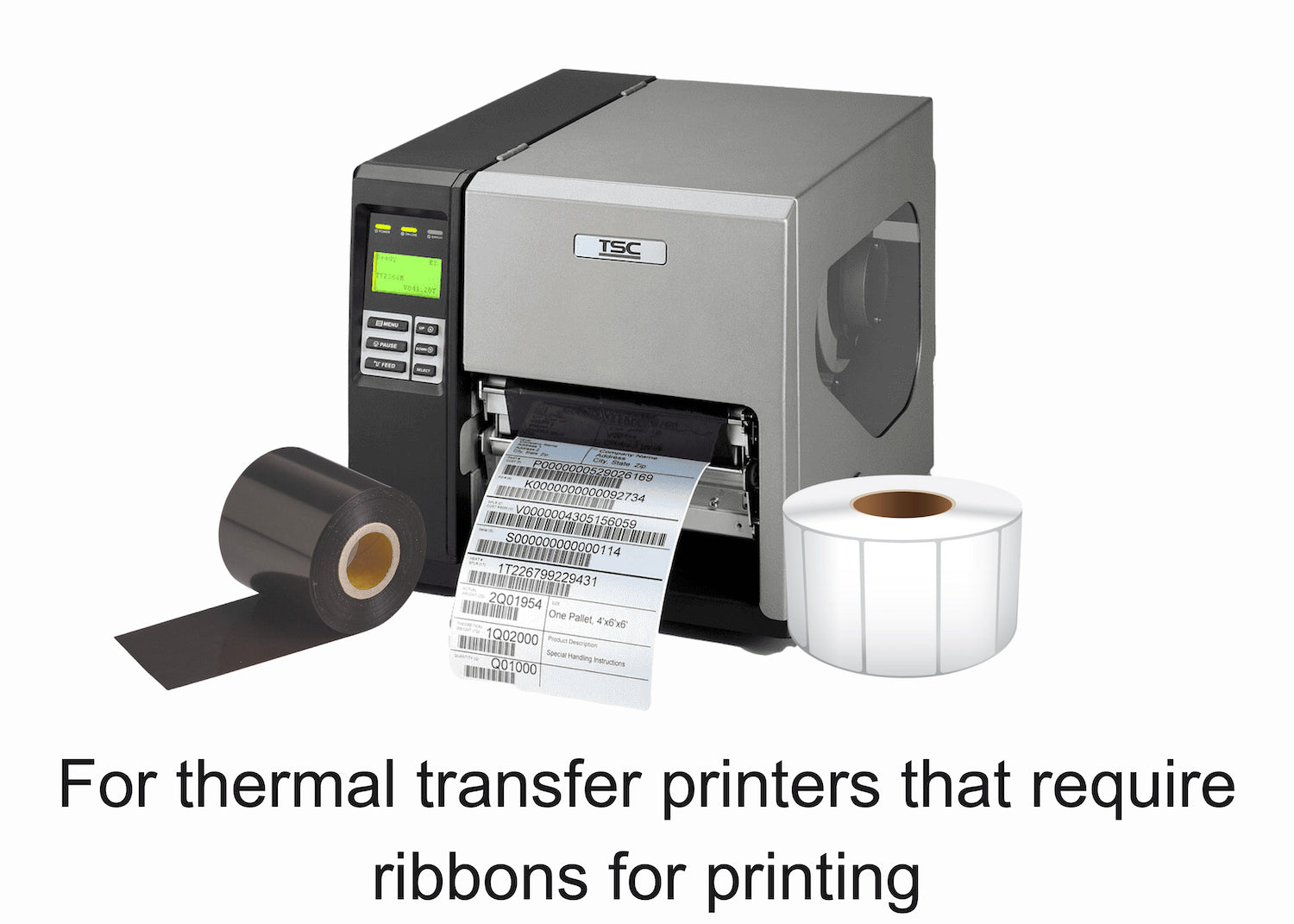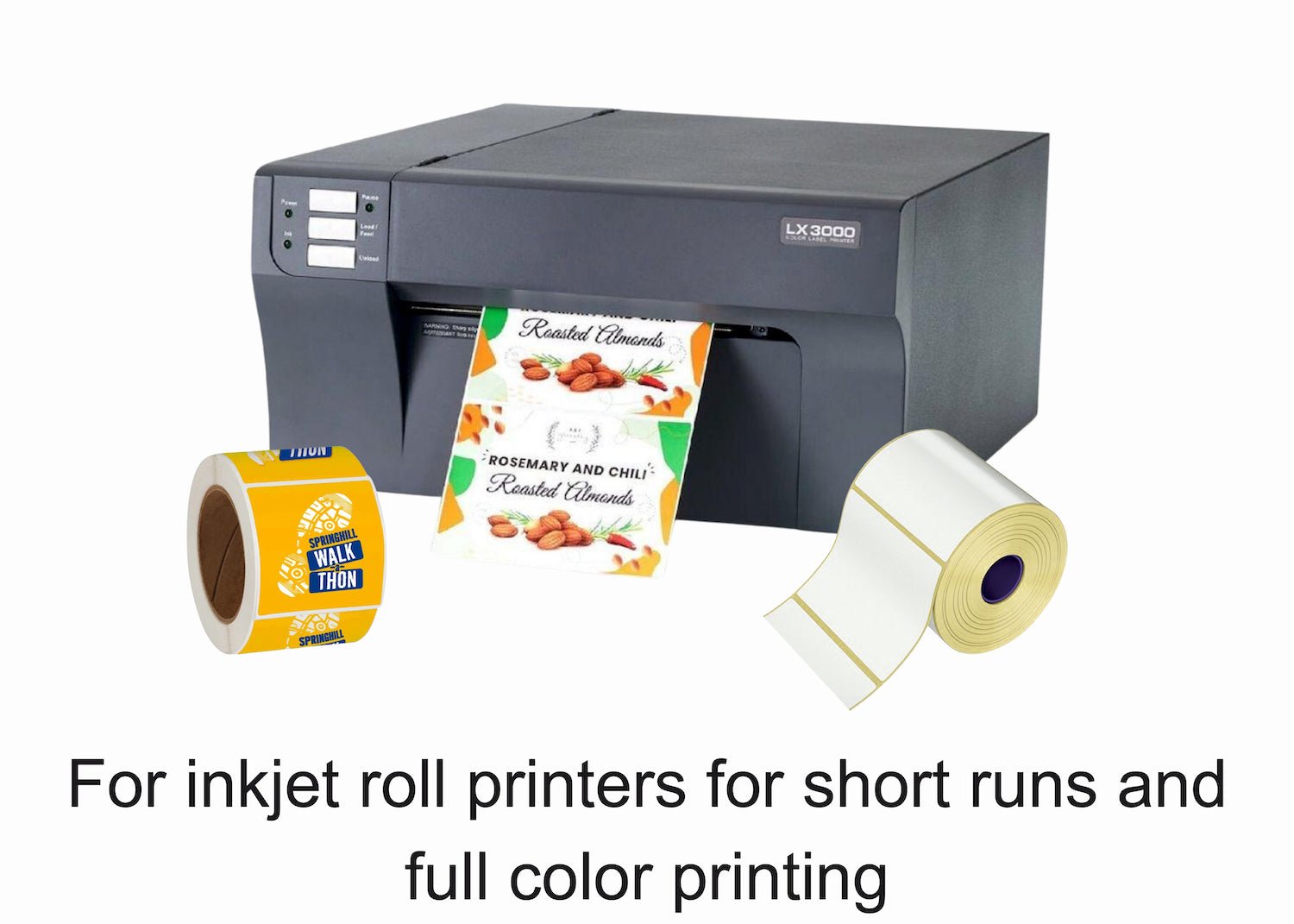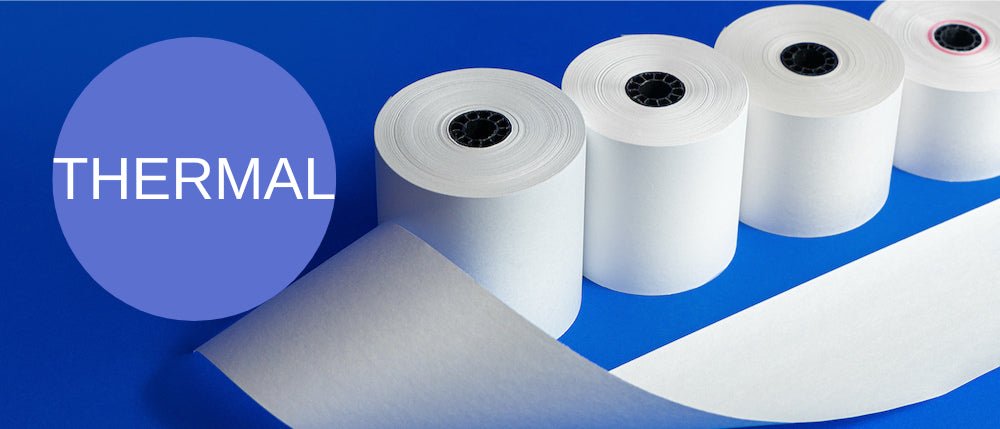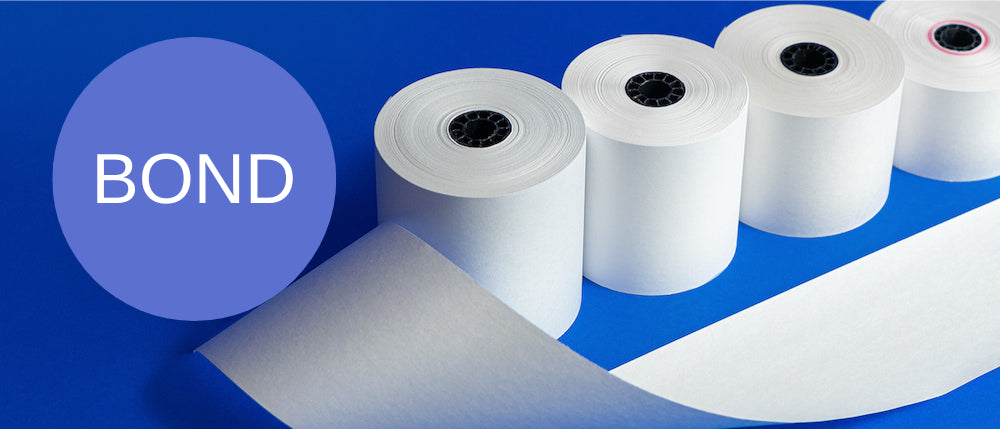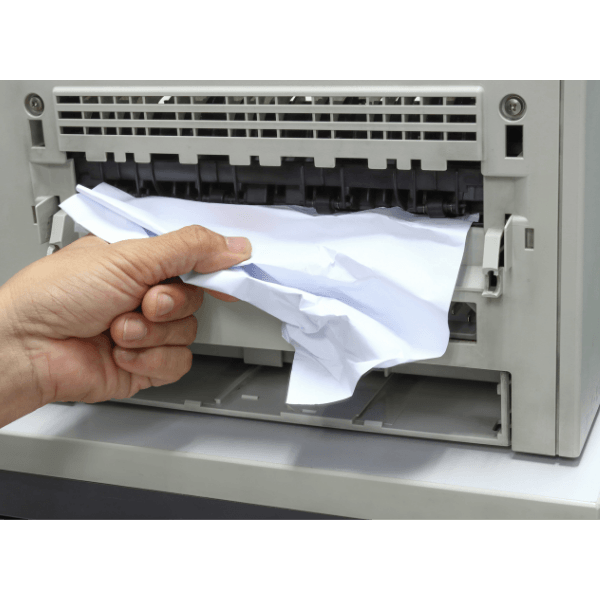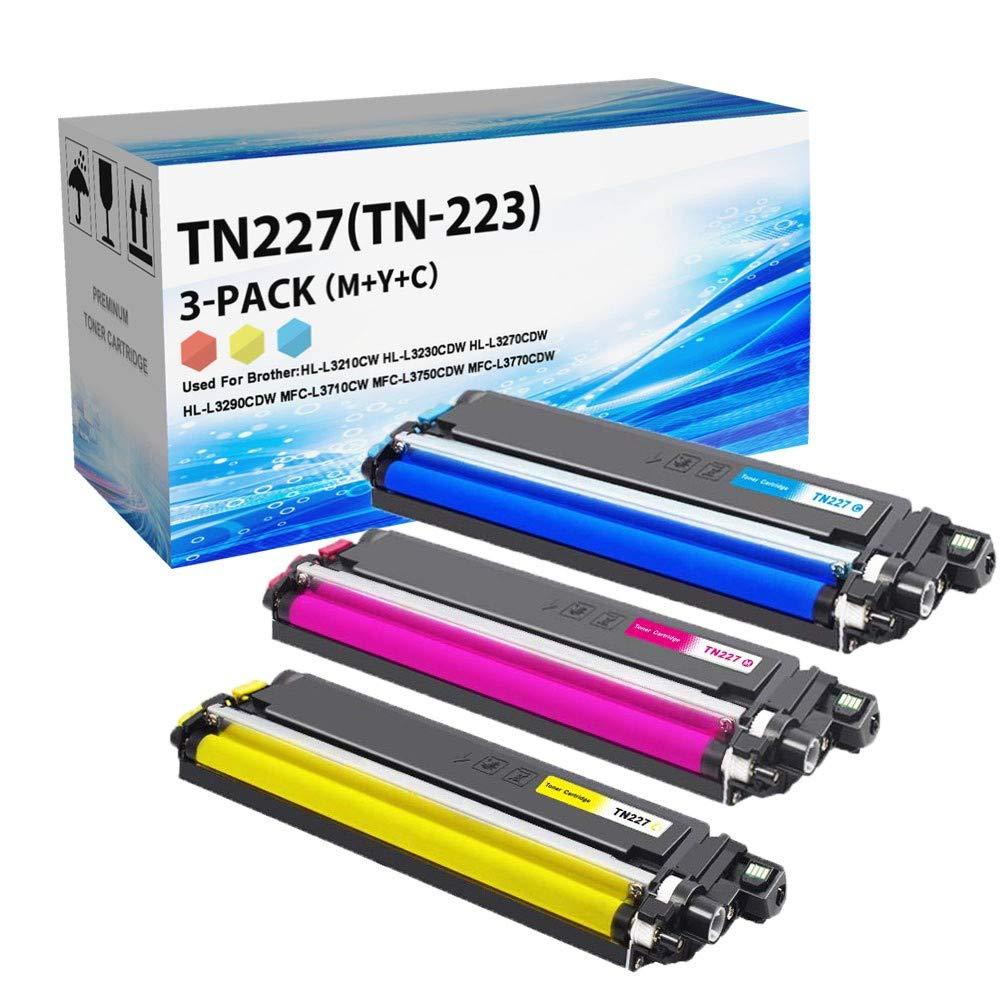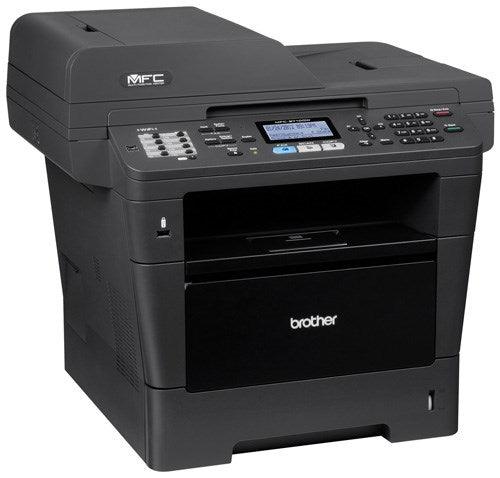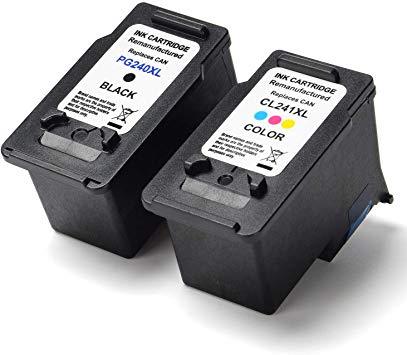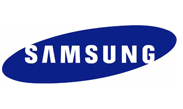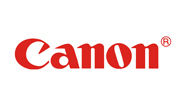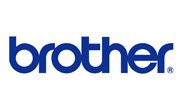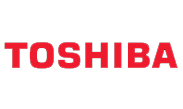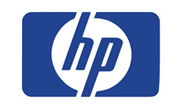Oki C3300n Review
- News
- 20 Jun, 2018
There's always somebody that has to be different, and this time it's Oki. Just when you thought that all colour printers were one of two basic shapes, along comes the C3300n.
It's much longer than it is wide and not very tall at all, similar to the shape of an oversized washing up bowl and almost as plasticky. Pull down the top front flap and instead of getting a view of the usual toner cartridges and other paraphernalia, you get access to the manual feed tray.
To access the toner cartridges you have to lift the full-length top lid of the printer, which also acts as the paper output tray, except it's more of an exposed platform than anything that you could really describe as a tray.
Beneath this panel the intrigue continues, with four inline toner cartridges that run the whole length (or rather depth) of the printer. Each has its own imaging drum, to which toner cartridges slot in and lock in place via a turn of a knob.
One advantage of the toner cartridge arrangement is that cartridges themselves or complete toner/imaging drum assemblies are equally quick and easy to replace. Moreover, each of the imaging drum assemblies is individually replaceable at a pretty reasonable cost of about £30 each.
They should each last for about 15,000 prints, so if you're mostly printing black, you don't need to pay extra to replace a single, much more expensive imaging drum each time.
The other main difference between the Oki and other printers is that, instead of
being a "real" laser printer, its light source is based on a 600dpi solid state LED array. Early LED printers weren't much of a match for laser printers and historically they've been a bit like a poor relation.
Launching into mono printing, the difference was immediately obvious between the Oki LED printerand its laser counterparts, as black text looked slightly less well defined and definitely greyer in appearance, rather than being a strong, solid black.
For graphics printing, many richer colours in our test palette took on a dark and brooding appearance, with some muddiness particularly in yellows and reds. For photos the results were overly high in contrast, even using the Photo Enhance setting in the printer driver. Skin tones took on a harsh appearance while landscapes invariably looked unnatural and over-saturated.
On the plus side, the Oki is fairly quiet in operation and has a good turn of speed, especially for mono printing, with high-quality single text pages outputting in 14 seconds.
Colour DTP pages took a more average 23 seconds for first page prints and top-quality photos were a more pedestrian 30 seconds or so for full-page A4 prints. Toner costs were very high for mono at 2.2p per print and on the high side for colour as well, at 8.4p.
